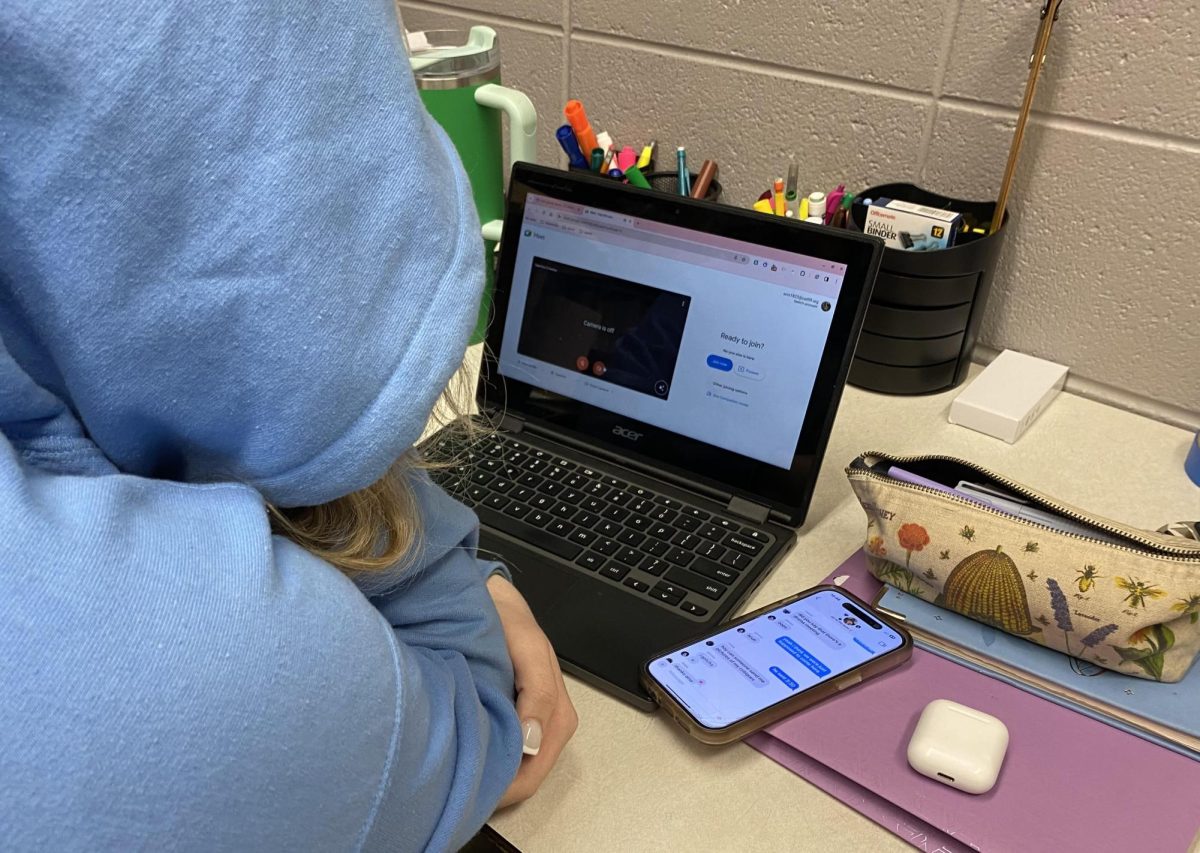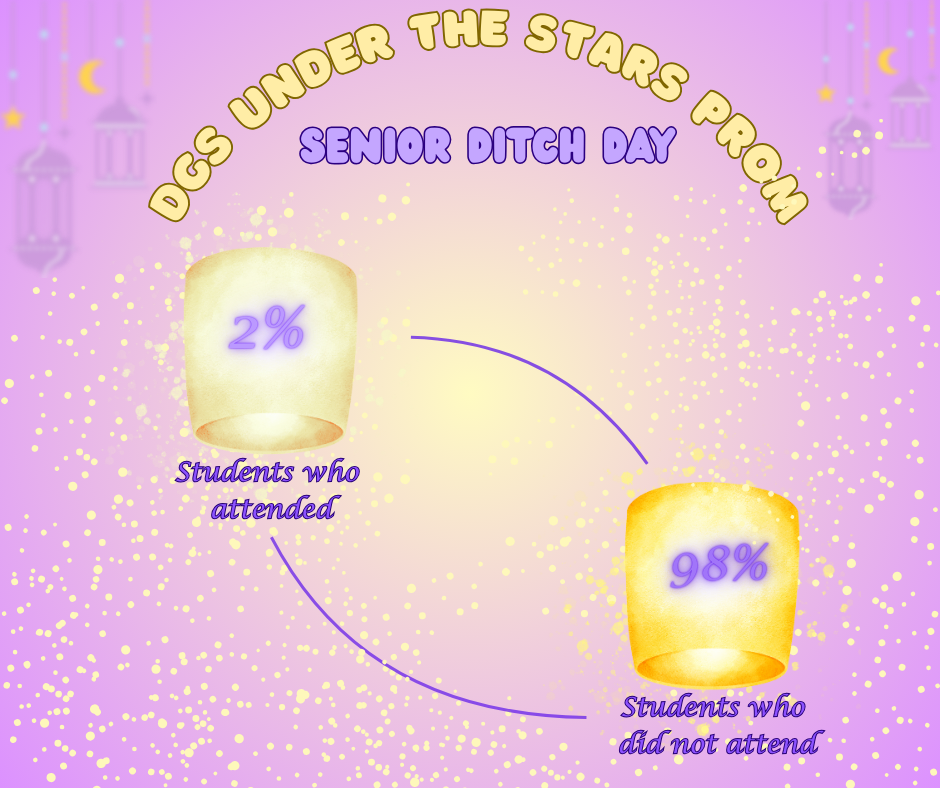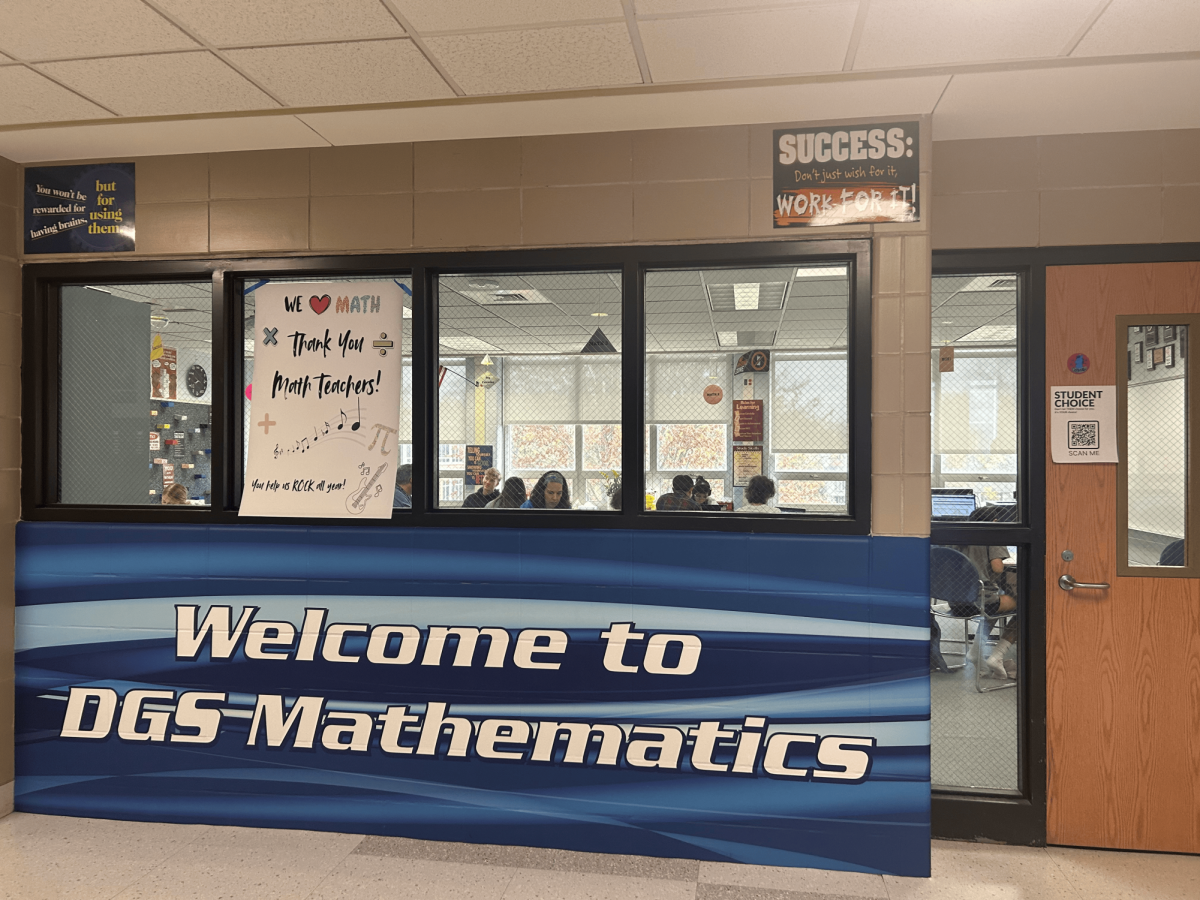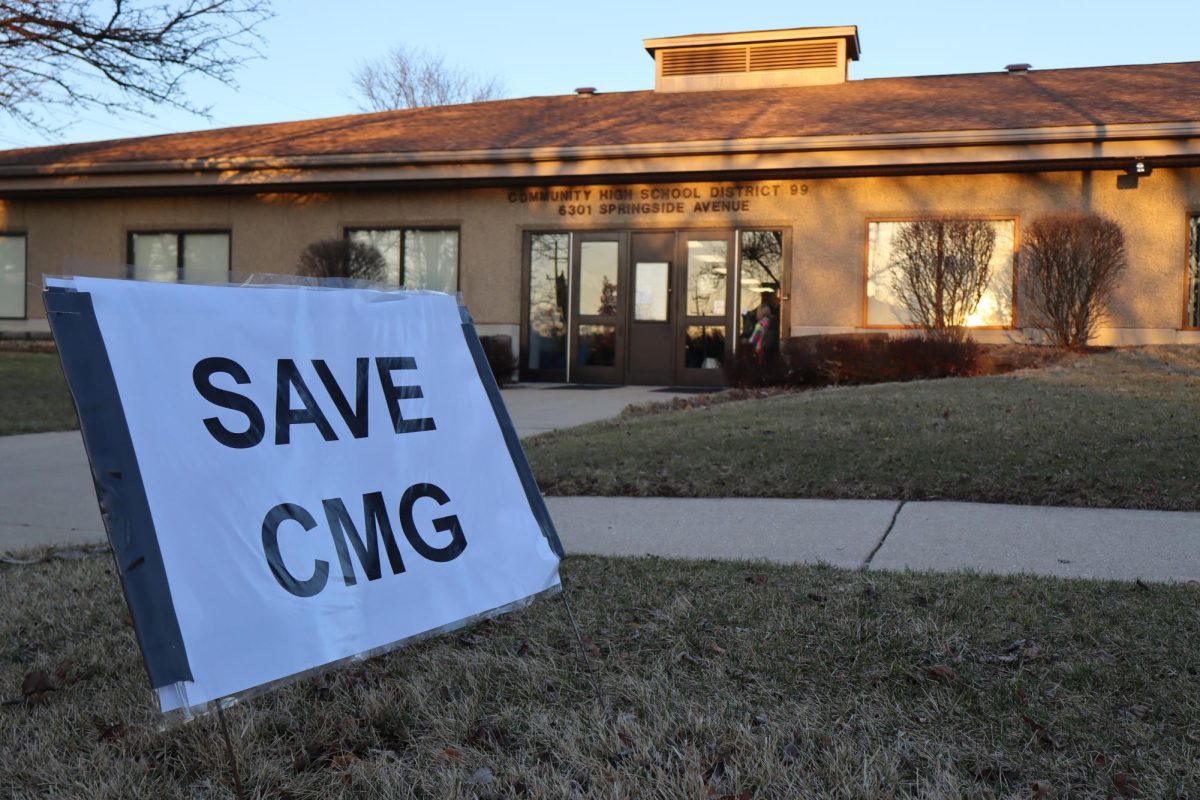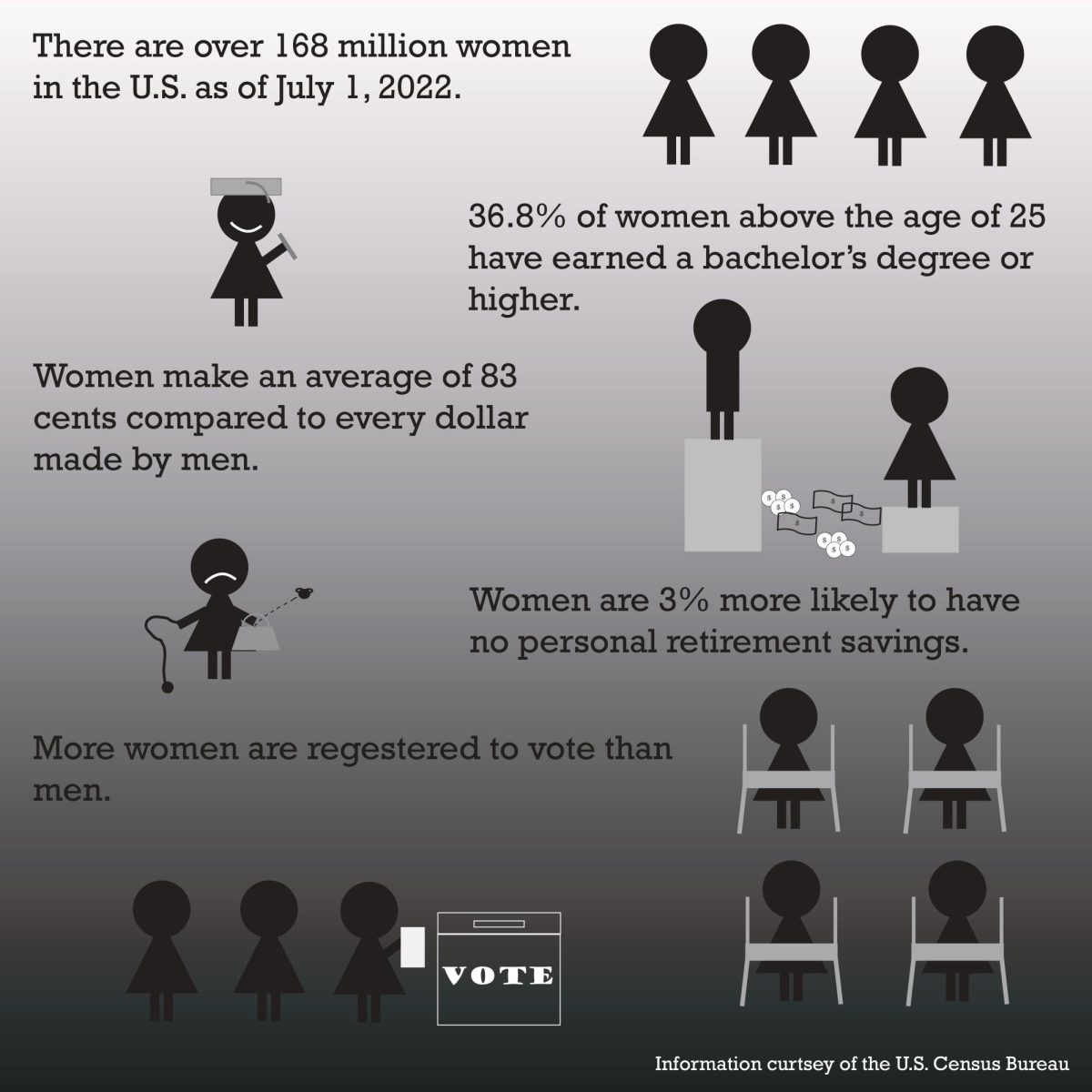With January and February comes cold temperatures, icy roads and a lot of snow. Because of this, District 99 prepared to have e-learning days in case the weather prevented students and staff from being able to come to school. DGS had three e-learning days in January: Jan. 12 due to snow, Jan. 15 due to sub-zero temperatures and Jan. 23 due to icy road conditions.
DGS e-learning days included a five minute Google Meet check-in at the start of each period. Teachers were to explain what they wanted their students to do for the class that day. Then, the students would log off of the Google Meet and do their assignment by the next day.
Before the pandemic, “snow days” were treated as a day off that students and teachers would make up at the end of the year. However, after spending months of school online, many school districts decided that learning from home could be utilized so that snow days wouldn’t need to be made up.
Jacob Giblin, Associate Principal for Curriculum and Instruction, explained why many schools switched to e-learning during dangerous weather.
“In the last 15 years, there have been these webinars or Zooms or Google Meets, but students weren’t really accustomed to them, teachers didn’t really know about them … Because of what we experienced and now everyone’s comfortability, it just gives schools a chance to continue learning, or at least continue some sort of work and keep the summer break relatively the same,” Giblin said.
Although they may be more efficient from a school-wide standpoint, students have reacted differently to e-learning days. Some would rather have a classic snow day, while others prefer not having to make up the day at the end of the year.
Sophomore Aili Flannery would prefer a day off as opposed to checking in to each class.
“I think having e-learning days is worse than just having a day off because many of the teachers just give us busy work. They didn’t have a valuable assignment to give; they just gave us something random because they needed to,” Flannery said.
Senior Ben Espinoza finds e-learning days to have advantages and disadvantages.
“I like the fact that we don’t have to stay on the call for the whole time … but from an academic standpoint I dislike it because it hinders your ability to learn because you don’t get the whole lesson. But I think the teachers do what they can with it,” Espinoza said.
The e-learning aims to keep the school year the same length and attempt to adapt and learn from home so as to not disrupt the process of a class.
“It’s more about being able to connect with the students, answer any questions that someone might have and keep most of the new learning [for] the classroom to minimize the chances of distraction when you’re at home,” Giblin said.

